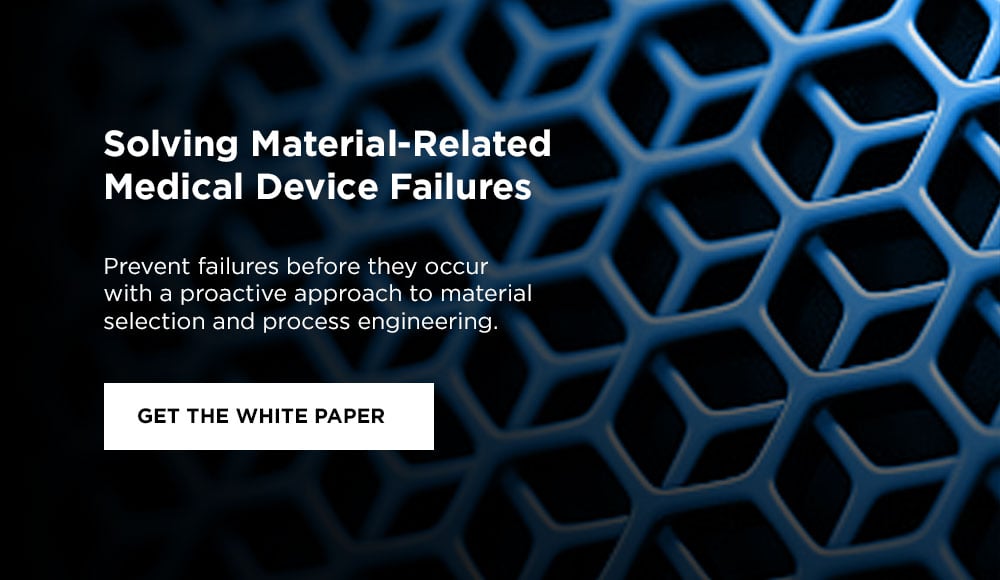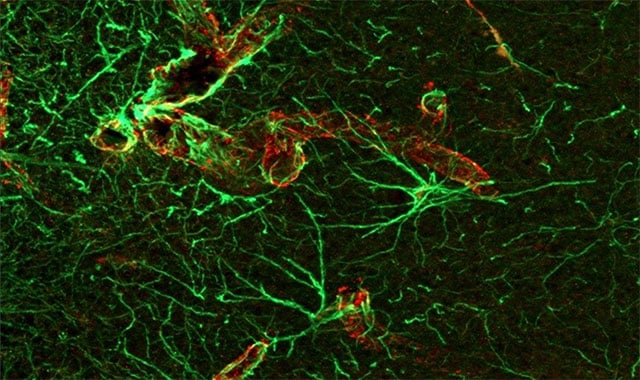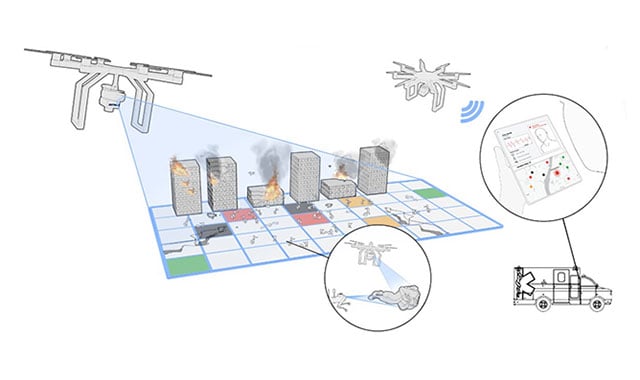The Role of Systems Engineering in the Development of Innovative Technologies

In a previous installment, The Value of Systems Engineering in Medical Device Development, we explored the role of systems engineers in developing products within well-established scientific and technological domains. However, when it comes to projects involving the development of groundbreaking technologies or unprecedented applications—like a spacecraft to explore Europa’s oceans, or an implantable microscale robot designed to clean eye floaters—project teams encounter a host of unique challenges and unknowns. In these scenarios, a systems engineer's adaptability, communication skills, and leadership in product development are vital. These skills not only bring pioneering technologies to life, but also ensure their resulting products meet the highest standards of safety, reliability, and innovation, regardless of the technological context.
Navigating Uncharted Territory
In unexplored domains, established paths often don’t exist, requiring the systems engineer to navigate through uncharted territory. They must make decisions based on incomplete information and assumptions, anticipate potential issues, and devise preemptive solutions. This demands a high level of creativity, problem-solving skills, and effective communication.
Mastering Complexity
A crucial skill for a systems engineer is discerning the individual components within a larger, complex system and understanding their unique challenges. They must comprehend the intricacies of each component, their interactions, and potential impacts on the overall system. This necessitates a deep understanding of the fundamentals of technology, science, and associated risks. The systems engineer must see the individual trees within the complex forest, breaking down the system into manageable problem statements. This approach significantly increases the team's success rate. It may involve identifying specific scientific or engineering domains for a deeper understanding of their unique contributions.
One example of this is from a project we performed with Defense Advanced Research Projects Agency1 (DARPA). Known for pushing the boundaries of possibility, DARPA projects are designed to make significant technological leaps forward and typically structured with progressively challenging milestones. The project objective was to create a non-invasive bi-directional brain-computer interface, so service members could interact with machines with their thoughts.
Our concept involved synthesizing magnetoelectric nanoparticle transducers that could be inhaled and positioned near target neurons in the brain with non-invasive positioner. These nanotransducers could convert electrical fields into magnetic fields and vice versa. This effect was harnessed by allowing the nanoparticles to be excited by electrical signals from neurons in their immediate vicinity and having them output a magnetic field that could be read by a magnetic field sensor outside the skull.
In addition, magnetic field emitters outside of the skull could interact with the nanoparticles and induce a small electric field thereby exciting neurons in their immediate vicinity. This enabled an interface with the brain that allowed for recording and processing of neural activity and allowed signals to be sent back into the brain, thereby enabling bidirectional communication between the brain and a computer.
Our first milestone was to transform a paper-based concept—a patchwork of disparate research papers on various technologies—into a functioning proof of concept demonstrated in cell models. This process involved extensive discipline-specific analytics and computer modeling to ensure the soundness of the underlying sciences. We then combined several models into new datasets, leading to the construction of physical prototypes of the nanoparticles and the wireless communications equipment, resulting in a successful demonstration that allowed us to move onto the next phase of work.
The contributing disciplines included neuroscience, nanotechnology, materials science, chemistry, biology, physics, electrical engineering, mechanical engineering, and systems engineering. The lead systems engineer directed and led the entire effort, navigating the team through the myriad of unknowns and risks.
Building Bridges Between Disciplines
In innovation projects, the systems engineer often acts as a conduit between diverse disciplines. The systems engineer role must be able to communicate effectively with experts from various fields, understanding their perspectives, and integrating their knowledge and insights into the overall system and development path forward. This requires strong communication skills, the ability to understand complex concepts across different disciplines, and the ability to synthesize this information into a cohesive whole.
The Translator
The systems engineer need to be adept at translating technical jargon into a language that all team members can understand, fostering a shared understanding of the project's goals and challenges. This role is akin to that of a multilingual interpreter, translating and integrating diverse knowledge bases to create a unified, coherent system.
The Negotiator
Moreover, the systems engineer must also be a skilled negotiator, capable of resolving conflicts or roadblocks that may arise due to differing scientific constraints, discipline perspectives, or personal priorities among team members. They must objectively evaluate each option, balancing trade-offs, risks, and impacts. The systems engineer is responsible for ensuring that all perspectives are heard and considered, and for making swift decisions that best serve the overall project. Throughout this process, they must foster a collaborative environment that encourages innovation and problem-solving.
The Glue
In essence, the systems engineer is the glue that holds the team together, ensuring smooth communication, facilitating understanding, and driving the project towards its goals. Their ability to bridge gaps between disciplines is crucial in the successful development and implementation of innovative projects.
In conclusion, the role of a systems engineer in the development of novel technologies is multifaceted, challenging, exciting, and crucial. It requires a unique set of skills and abilities, but it also offers the opportunity to be at the forefront of technological innovation and to make a significant contribution to the advancement of science and technology.
“The path to success is not a straight line, but a journey through waves and tides. It's up to [the systems engineer] to steer the [technical] course.” ― adapted from a Jeff Ocaya quote.
To learn more about our innovative medical technologies visit Medical Device Solutions.
Featured Expert

Rick Brooks
Technical Leader, Systems Engineering
Mr. Brooks is a seasoned product development leader and manager, most recently taking on a Technical Leader role within the Medical Device Solutions Systems Engineering group. Prior to his current role, he had responsibility for the Market Discovery and Insights & Transformative Solutions division within the Medical Device Solutions business.
Related Blogs
BATTELLE UPDATES
Receive updates from Battelle for an all-access pass to the incredible work of Battelle researchers.









